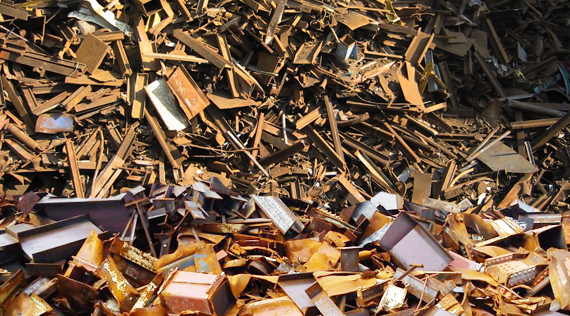
SEATTLE (Waste Advantage): Scrap yards can be tough on high-tech instruments, like XRF analyzers. They can be exposed to rain and snow, hot or cold temperatures, and even the occasional drop. You need to be able to use your XRF analyzer in any condition and know that it is going to work. If your analyzer experiences a lot of downtime, it will take much longer to recover your total cost of ownership (TCO). Consequently, it is important to look for handheld XRF analyzers that are up to the challenge of these conditions. Choose an analyzer that is IP rated to withstand rain, dirt and dust as well as drop tested to U.S. Department of Defense standards (MIL-STD-810G) to help prevent repairs, maximize uptime and extend the analyzer’s life.
Another common source of damage to XRF analyzers is analyzing sharp objects, such as turnings. It helps to have an extra layer of protection from these costly repairs, such as a shutter that protects the X-ray detector.
When used for long periods of time in the heat, some XRF analyzers will overheat and need to be turned off to cool down. Be sure to pay attention to the analyzer’s temperature operating range at full duty cycle so you know your analyzer will keep working in hot or cold conditions. I recommend an analyzer with a temperature range of -10 °C to 50 °C (14 °F to 122 °F). While ruggedness is a critical factor, the analytical capabilities of your handheld XRF analyzer are also essential to ROI.
There are many XRF analyzer models available at different price points, depending on the elements you need to analyze and the features you want. By only paying for what you need, you can minimize your total cost of ownership.
Keep in mind, pricing depends on where in the scrap collection process metals are sorted. In general, the closer the sorter is to the final smelter or revert facility within the supply chain, the more powerful—and more costly—the XRF analyzer will need to be.
Another potential cost associated with purchasing an XRF analyzer is the time and training it takes for new users to become proficient as well as how simple the instrument is to use. If the analyzer requires a lot of complex user inputs to generate a result, it is going to slow you down. To mitigate these factors, choose an analyzer that is easy to use.
At the most basic level, you want to look for an XRF analyzer that has thoughtfully designed software and a clear, intuitive user interface. A general rule is that your XRF analyzer should be no more complicated to set up than your smartphone.
Another convenient feature is wireless connectivity, so users can connect their analyzer to the cloud for wireless data sharing. Look for a manufacturer that offers both wireless support for their analyzers as well as a cloud environment. With wireless connectivity, you can be alerted about new software updates and have the ability to update the instrument wirelessly. Also, make sure to choose an analyzer that has sufficient onboard storage, such as a 1 GB microSD™ card, as well as USB ports for easy data export. You can also store data, view data remotely, and share your analyzer’s screen with someone offsite or in an office.
Other available software-related benefits include:
Courtesy: www.wasteadvantage.com
| Copper Scrap View All | |
| Alternator | 0.32 (0.01) |
| #1 Copper Bare Bright | 3.77 (0.07) |
| Aluminum Scrap View All | |
| 356 Aluminum Wheels (Clean) | 0.73 (0.02) |
| 6061 Extrusions | 0.64 (0.02) |
| Steel Scrap View All | |
| #1 Bundle | 475.00 (0) |
| #1 Busheling | 495.00 (0) |
| Electronics Scrap View All | |